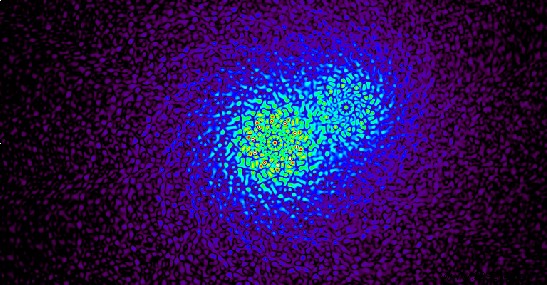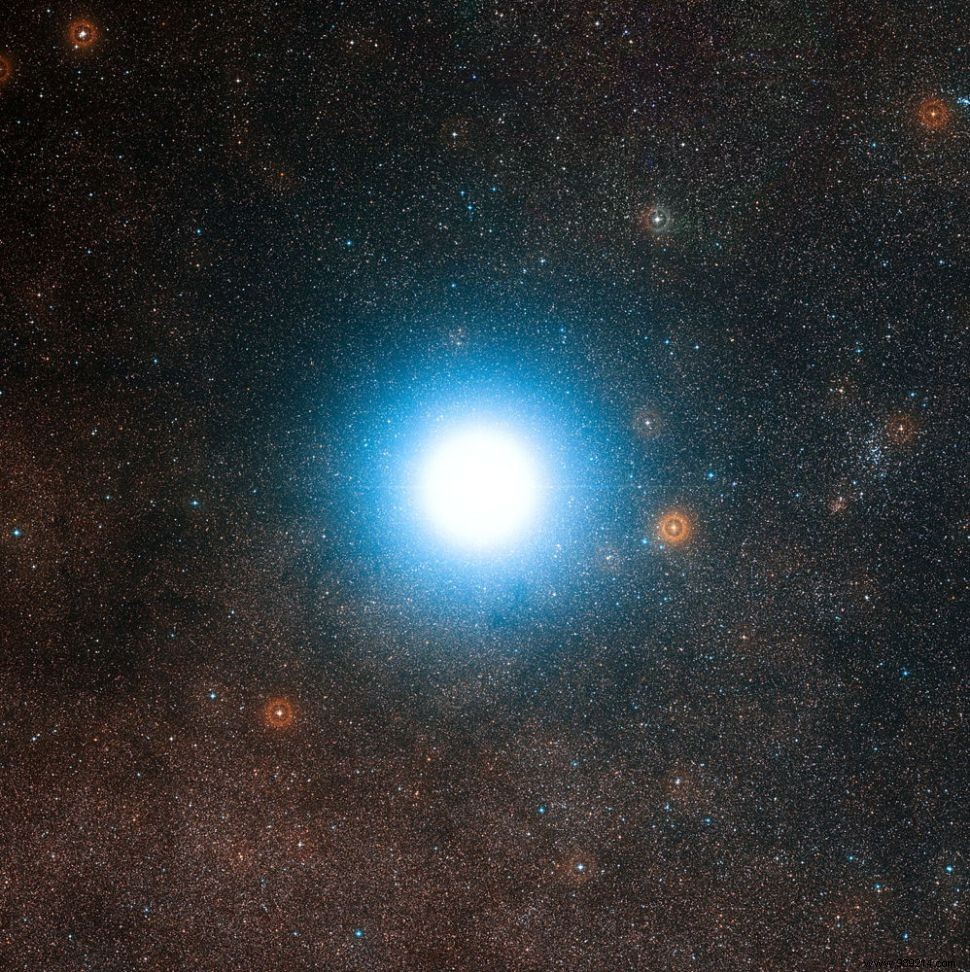A new telescope called TOLIMAN will soon focus on Alpha Centauri, the closest star system to Earth, to probe for the presence of new potentially habitable planets. To do this, the observatory will rely on the radial velocity method. Its launch is planned for the mid-2020s.
Located approximately 4.2 light years away, Alpha Centauri is the closest star system to Earth. It consists of three stars, two of which resemble our Sun. The third is a red dwarf called Proxima Centauri, known to harbor at least two exoplanets, one of which is in its star's habitable zone and appears similar to Earth. But could there be others?
To find out, a team of astronomers from Breakthrough Initiatives is developing a new mission called TOLIMAN, focused on the radial velocity method.
The objective of this mission is to aim a telescope equipped with a diffractive pupillary lens capable of scattering starlight in a floral pattern at the Alpa Centauri system. This process will make it easier for astronomers to detect tiny irregularities in their movements . These "gravitational pulls" would then possibly be caused by the gravitational influence of orbiting planets.
“Even for the nearest bright stars, finding planets is a huge technological challenge “, underlines Eduardo Bendek, an optical engineer at NASA’s Jet Propulsion Laboratory who is participating in the project. “Our TOLIMAN mission will launch a custom-designed space telescope that will make extremely fine measurements of the position of these stars in the sky. If there are planets orbiting, they will have an effect on their star, causing tiny but measurable oscillations “.

If a human mission to the Alpha Centauri system remains For the time being in the realm of science fiction, this mission will at least attempt to answer some of the most basic questions about its planets. The mission will focus on the habitable zone around the three stars. Astronomers will then seek to determine whether these not-so-distant worlds could host life or not by analyzing the composition of their atmosphere , if they have any.

The mission just received an envelope of 788,000 dollars from the Australian government and should be readyby the mid-2020s .